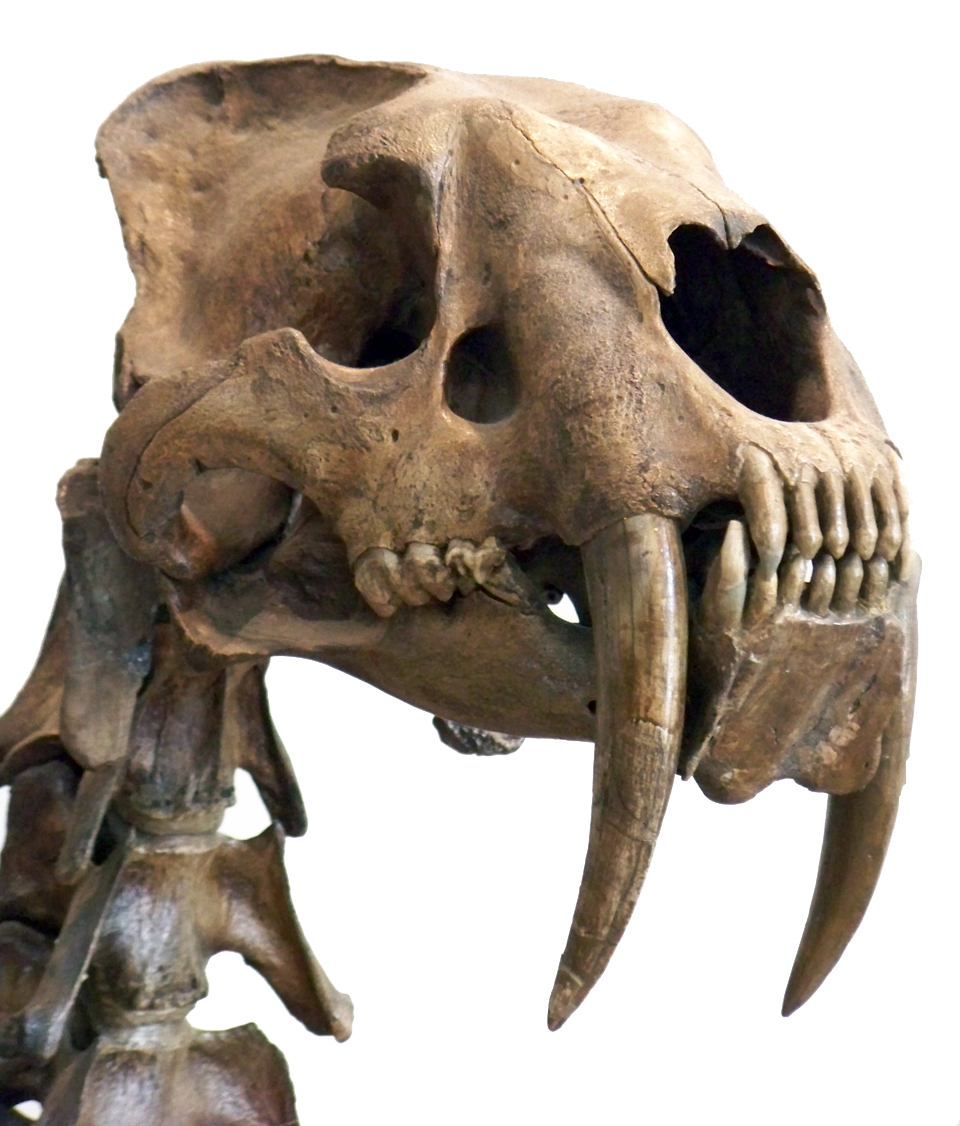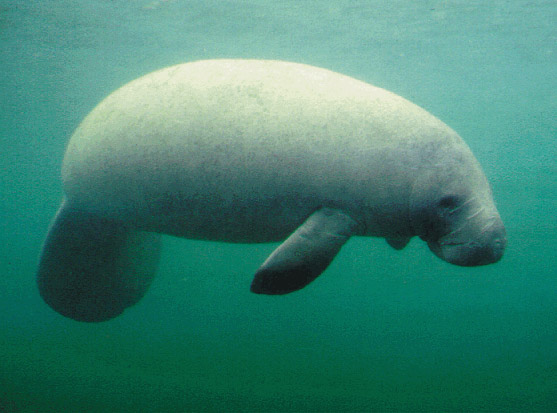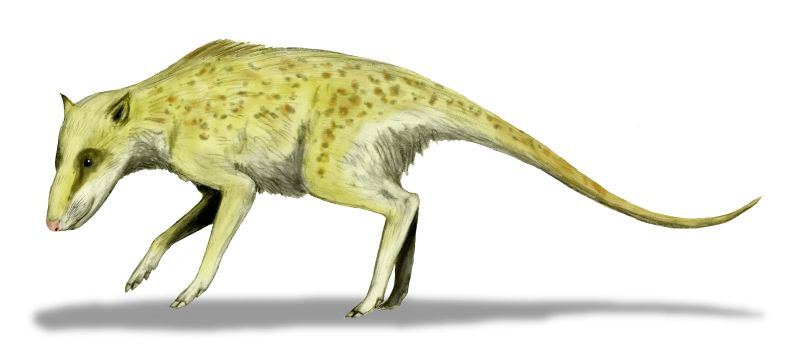Morphological convergence is one of the most striking patterns in evolution. Just among mammals there are spectacular and bizarre examples of distantly related species that share surprisingly similar adaptations. I bet you’ve heard of saber-toothed cats. But what about marsupial saber-toothed cats? Raccoons are surely familiar, but have you heard of raccoon dogs? Or the earless, eyeless oddity that is the golden mole, which somehow looks almost exactly like the equally earless and eyeless notoryctid marsupial mole? My favorite, though, might be the lesser hedgehog tenrec from Madagascar, which bears the same tiny coat of spiked armor as the common hedgehog but is more closely related to an elephant.
Until recently, most scientists studying evolutionary convergence have focused on the converged phenotype (external appearance), but with the arrival of ever-cheaper DNA sequencing technologies, scientists can efficiently study patterns of convergent genotypes across thousands of genes in species that appear to have converged at the phenotypic level.
Now, I know dancing sharks are the preferred marine species of the moment, but allow me to reignite your interest in some other denizens of the sea. Last month, a team of researchers published a study in Nature examining how genes in three marine mammal lineages might have converged independently on the same solution to the very hard physiological problem of living in the ocean after millions of years evolving on land (Foote et al. 2015). Their results are hardly conclusive but do illustrate a compelling new way to think about and study convergence now that genomes are getting so cheap to produce.

Katy Perry and her dancing sharks at the 2015 Super Bowl
The transition back into the ocean by the ancestors of marine mammals is one of the most impressive and well-documented evolutionary reversals in the history of vertebrate life. All tetrapods of course evolved from an aquatic ancestor some 400 million years ago, but it took a couple hundred million years after adapting to life on land before any of our mammalian relatives successfully re-invaded the marine biome.
Foote et al. focus on three significant independent transitions within Mammalia. First, there’s the sirenians (manatees and dugongs), the only marine mammals that are part of the ancient mammalian superorder Afrotheria. That group includes a hodgepodge of mostly African species like aardvarks, hyraxes, tenrecs, and elephants. The second major transition to a marine lifestyle is at the base of the lineage leading to the modern-day pinnipeds (walruses, seals, and sea lions), which split off from the rest of Carnivora (a broader clade that includes cats, dogs, bears, weasels, and relatives) to colonize marine habitats.
Finally, the most extreme transition to a marine lifestyle is among the cetaceans (whales and dolphins). The fossil record for this transition is remarkably rich—don’t let creationists tell you otherwise!—convincingly illustrating the morphological transition from a small, terrestrial, hooved ancestor like Indohyus to the diverse group of fully aquatic cetacean species living today. In the evolutionary tree of mammals, whales and dolphins are nested within the Artiodactyls (even-toed ungulates like cows, deer, goats, and sheep), which leads to the perhaps startling fact that a cow is more closely related to a blue whale than it is to a horse (an odd-toed ungulate, or Perissodactyl).
All three of these independent evolutionary transitions from life on land to life in the ocean came with huge morphological and physiological changes. Foote et al. could have started with one particular trait of interest shared by marine mammals and started looking for the underlying genes, a time-consuming task best accomplished in the lab with breeding experiments and controlled genetic crosses. Needless to say, such an experiment is difficult to accomplish when working with whales. Instead, they leveraged the power of comparative genomics to consider all of the genes that might underlie phenotypic convergence.

Figure 1 from Foote et al (2015). A phylogeny of mammals, with the focal marine mammals highlighted in red.
Their first objective was to identify any marine mammal genes that exhibited signs of positive natural selection relative to their land-dwelling relatives. Thanks to work by computational biologists like Ziheng Yang, this is relatively straightforward. Just as natural selection leaves signatures on the external appearance of organisms (say, by increasing blubber thickness to contend with cooler climates), it also leaves some telltale signs on the parts of genes that code for proteins. Now that genome sequences are available for dozens of mammalian species, scientists can use computational approaches to scan entire genomes to look for these signatures. After carefully setting the threshold for what signatures actually count as positive selection (and not just a random mutation pushed around by genetic drift), this approach can uncover parts of the genome being molded by adaptive evolution that we might not have ever considered in the first place.
Foote et al. sequenced three new aquatic mammal genomes—the manatee, killer whale, and walrus—and improved the draft genome for the dolphin. They also included in their analysis the genomes of a handful of land-dwelling relatives like cow, dog, and elephant. Across the genomes, they used a computational tool called the branch-site likelihood ratio test to identify genes undergoing positive selection in the branches of the evolutionary tree leading to marine mammals (the red lineages in Fig. 1, above). After identifying about 200 genes that showed signs of positive selection, they reconstructed the changes that would have had to have happened after each marine mammal split off from its land-dwelling relative. If the exact same amino acid changed at the exact same spot in the same gene for each of the tree marine mammal lineages, the authors took that as evidence for convergence.

Parallel, independent amino acid changes in the MGP gene, which affects bone density. At the 93rd amino acid in this gene, all marine mammals converged on the same isoleucine (I) residue from an ancestral leucine (L) residue. This site shows strong signs of positive natural selection in marine mammals relative to terrestrial relatives. From Supp. Table 14 in Foote et al. (2015).
After starting with an initial pool of over 10,000-15,000 possible genes, they found only 15 genes that both recently evolved due to positive selection and changed in exactly the same way after each marine mammal split off from its terrestrial relative. The functional role of these 15 converging genes isn’t yet known for marine mammals—though keep in mind that this work will surely direct future, more focused research efforts—but there are some clues from studies of model organisms. The gene MGP, for example, is believed to play a role in determining bone density in mammals, a trait that we know differs between terrestrial and marine species (deep-diving species like whales have very low bone density). Others appear to involve formation of the inner ear, blood coagulation, and the formation of cardiac muscle, all traits that might need to be tweaked when a mammal moves from the land to the sea.
Ultimately, the authors concluded that molecular convergences like the 15 identically evolving genes they identify in their study underlie only a very small portion of the overall suite of adaptations that support survival in the ocean. Instead of widespread molecular convergence, it seems that evolution found unique, lineage-specific genetic solutions for the vast majority of traits that appear to be converged at the phenotypic level. That, or their methodological approaches failed to detect subtler examples of molecular convergence. But I don’t find these results too terribly surprising. As many other studies in the past few decades have demonstrated, the link between genotype and phenotype is complex, and introducing genome-scale data to the problem seems to open up even more questions than it answers.
Foote, A. D., Liu, Y., Thomas, G. W. C., Vinař, T., Alföldi, J., Deng, J., et al. (2015). Convergent evolution of the genomes of marine mammals. Nature Genetics. doi:10.1038/ng.3198
Tagged: genomics, mammals, molecular evolution


















